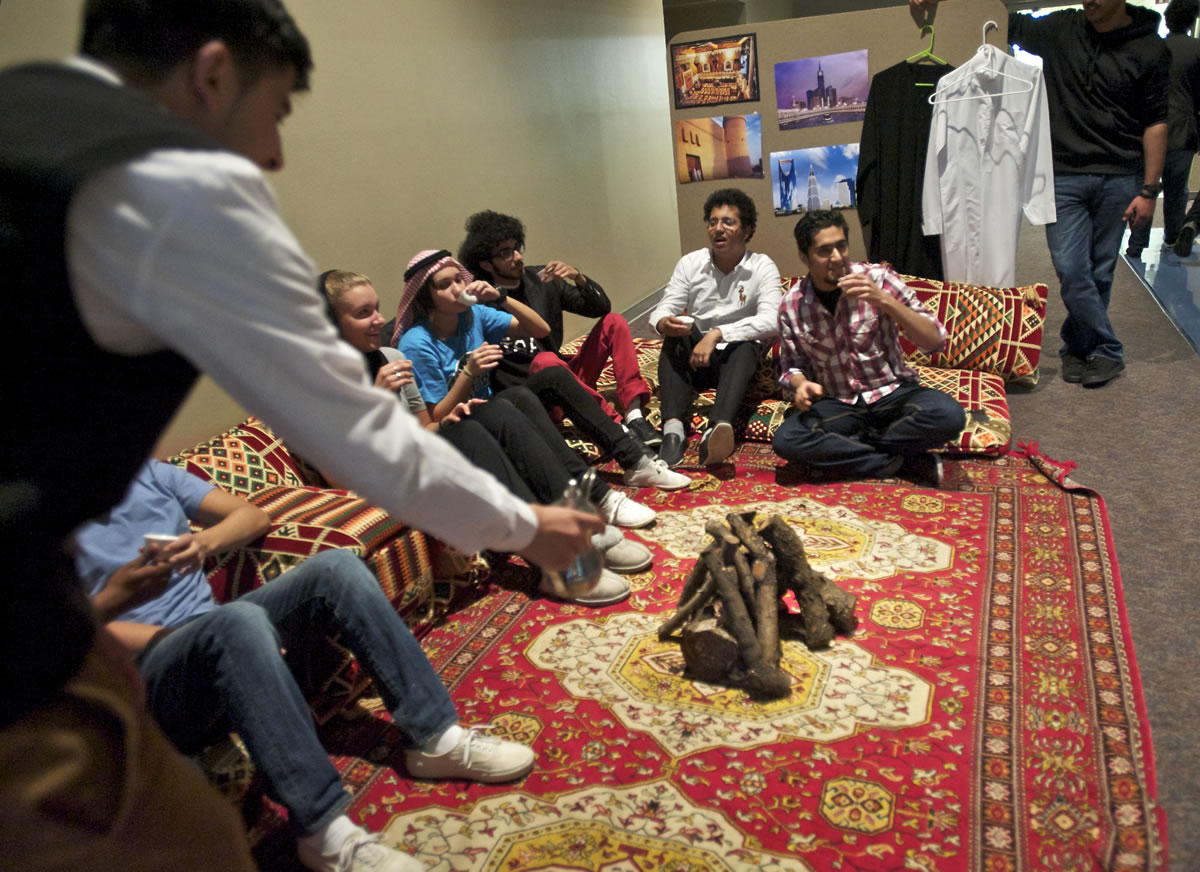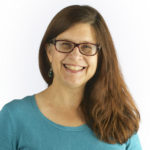About Eid al-Adha
o What: Muslim holiday, one of holiest religious celebrations of Islam.
o Also called: The Feast of the Sacrifice, the Greater Eid.
o Who celebrates it: Muslims worldwide.
o When: In the Islamic month of Dhu-al-Hijjah; this year, it began Oct. 15.
o What it commemorates: The end of the pilgrimage to Mecca (hajj) in Saudi Arabia; it also marks the prophet Ibrahim’s willingness to obey Allah (God) and sacrifice his first son, Ishmael. Allah provided a sacrificial lamb for Ibrahim, and Ishmael’s life was spared. The story also is told in the Christian Old Testament and the Jewish Torah. Christians and Jews know Ibrahim as Abraham, and say he offered his second son, Isaac, for sacrifice.
n How it’s celebrated: Prayer, sharing meals, giving gifts, women decorating their skin with henna calligraphy; in some countries, families slaughter sheep, cows and goats, often donating one-third of the meat to the needy.




